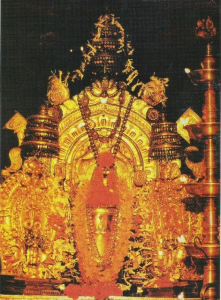Dharmasthala temple history | timings | room booking
The famous Dharmasthala temple and religious complex is situated in Karnataka, India, Dakshina Kannada district. It is a highly revered location

What's Your Reaction?
















